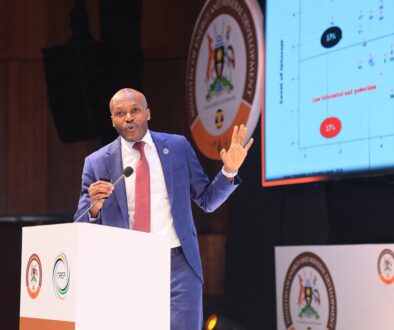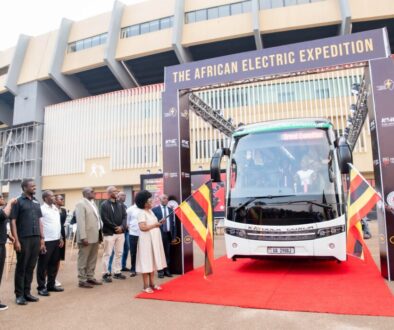A look at the East African Crude Oil Pipeline

KAMPALA – Once the construction of the East African Crude Oil Pipeline is completed, the 1,443-kilometer-long line electrically heated pipeline will transport crude oil from Kabaale in Hoima district, western Uganda, to the seaport of Tanga in Tanzania.
The EACOP shall be fed by 2 feeder pipelines. A 95 km feeder pipeline from the Central Processing Facility (CPF) in Buliisa and another 47km long feeder pipeline from King Fisher CPF in Kikuube.
“We have been engineering this pipeline since 2014 and engineering works are still ongoing, but largely completed,” said Mr David Bishop, piping designer and National Content Manager at Worley. Worley is the Engineering Procurement Construction and Commissioning Management (EPCCM) Tier 1 contractor for the EACOP Project. Worley is doing the job in partnership with Uganda-based companies: NewPlan Engineers and Infra Consulting Services (ICS, and China Petroleum Engineering Company Limited (CPP) on the Uganda side of EACOP. Tanzania Inter Consult Ltd have the same partnership with Worley to do work on the Tanzanian side.
EACOP is a 24 inches diameter pipe that will be buried 2 meters below the ground. This is intended to reduce on the ground footprint and to allow the natural ecosystem to rejuvenate.
Initially, the contractors will require 30 30-meter wide land area during the construction phase for ease of movement of equipment and erection of temporal structures, but that will be reduced to 10-meter when the pipeline and other installations have been completed.
Uganda’s oil has a high viscosity, meaning that it cannot flow through the pipeline under normal temperature conditions. It therefore requires a heating system that is above 50 degrees Celsius for pumping. This challenge presents a robust technological achievement for Tanzania and Uganda – it will be completely electrified.
Telecommunication towers, thermal installation systems and other cyber facilities will also be erected in the remote areas along the pipeline route.
“Cyber security is very important. We want to ensure that the project is running on a secure environment and there is no harm on both the Tanzanian and Uganda sides from outside,” said Mr Petrica Macarov, National Content manager at Schneider Electric Ltd.
Uganda will host only 20% ( 296km ) of the pipeline that traverses through 10 districts while Tanzania will host 80% (1,147km) that traverses 8 regions and 24 districts.
In Tanzania, the engineers will establish marine storage terminals and coating plants to insulate the pipeline.
The project contractors that include Worley, Schneider Electric, Bollore, CPP among others have all committed to strict adherence to international standards on proper project management and controls, interface management, health, safety, social and environment
A lot of work on the pipeline is slated for 2023.CPP said that they will need 24 months for the construction period, and another three months for commissioning, with a warranty period of 24 months.


